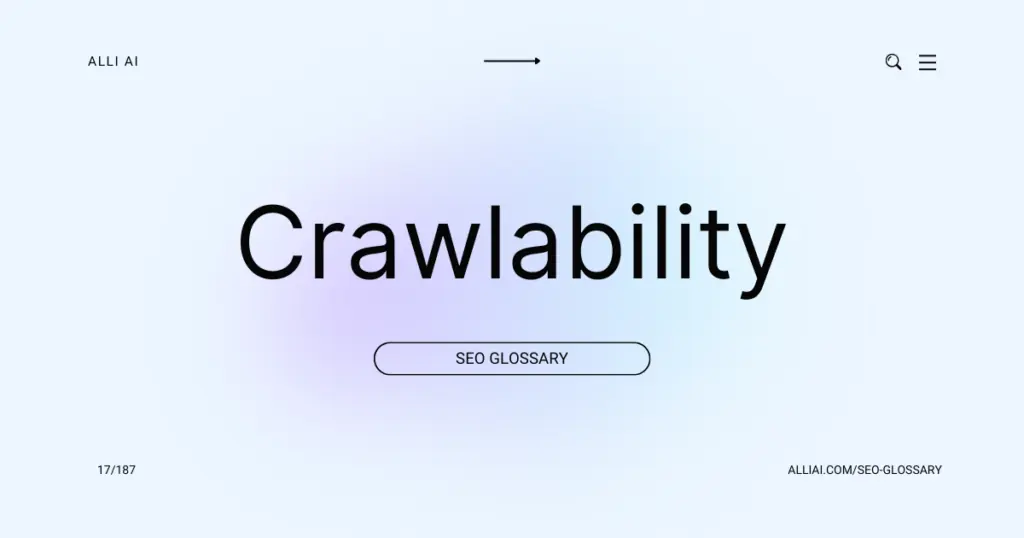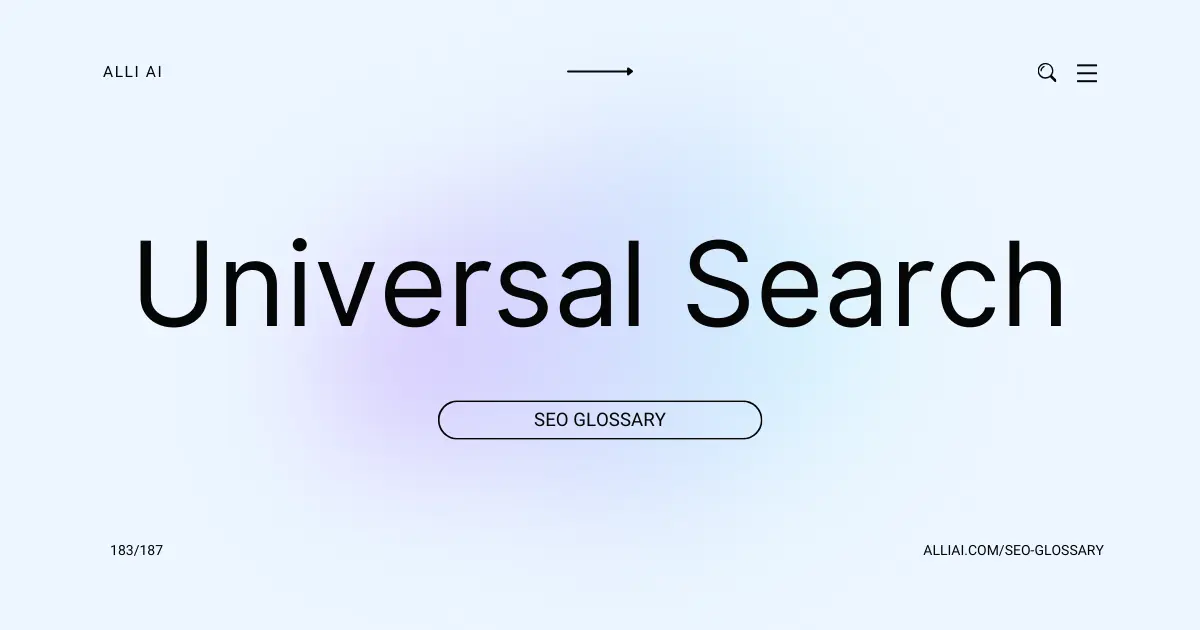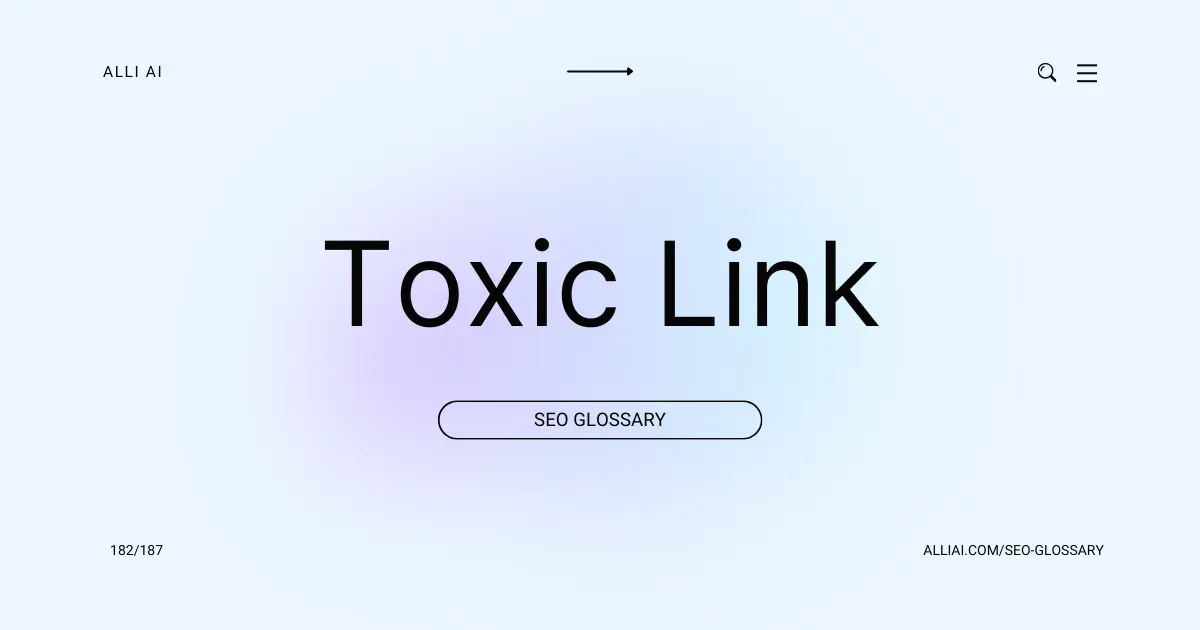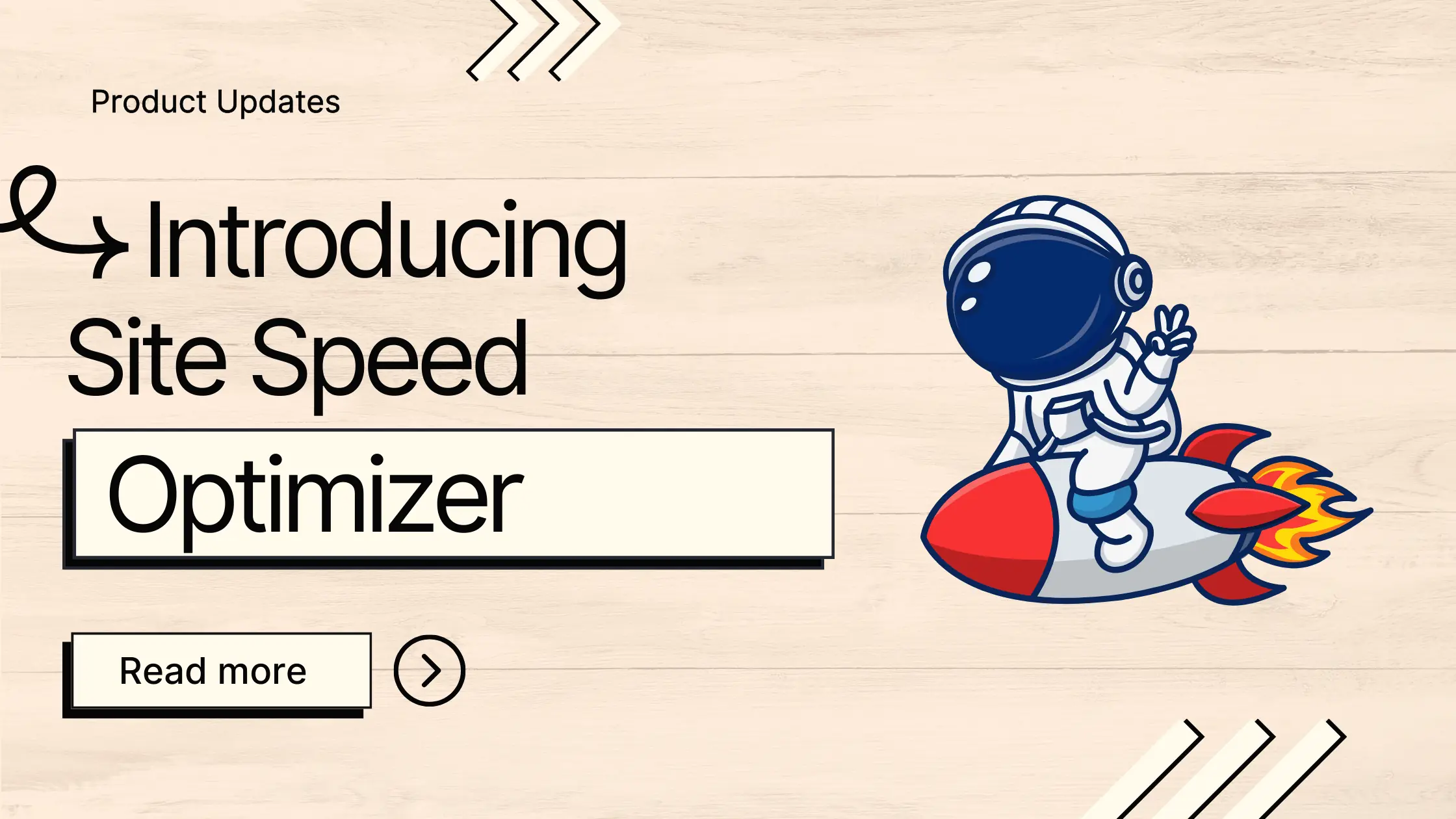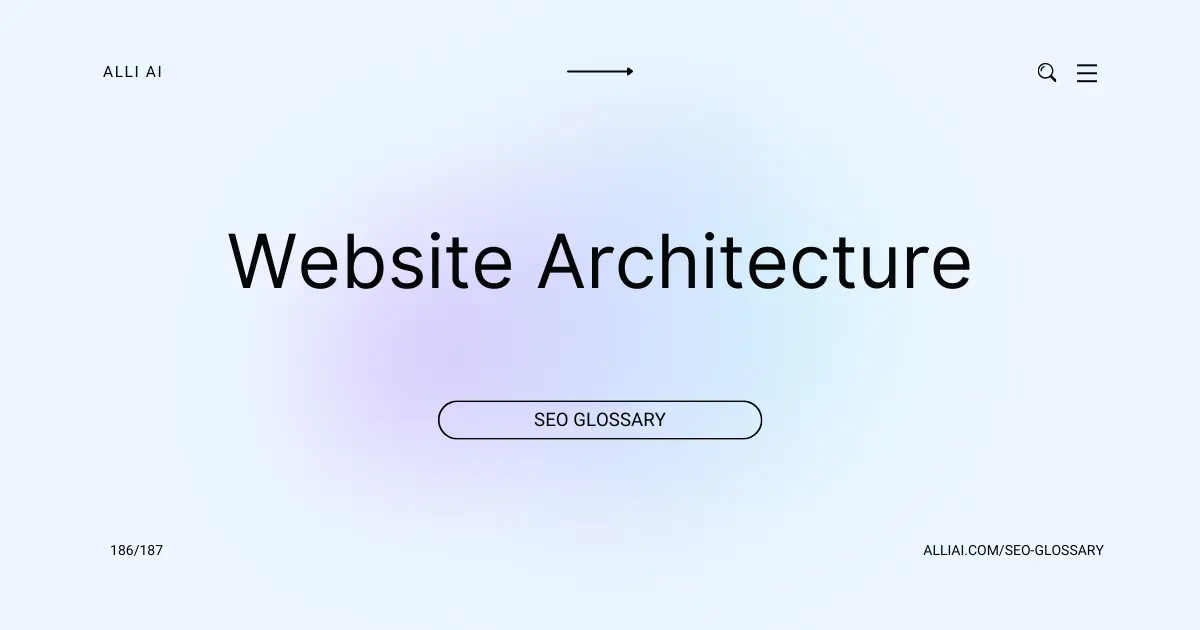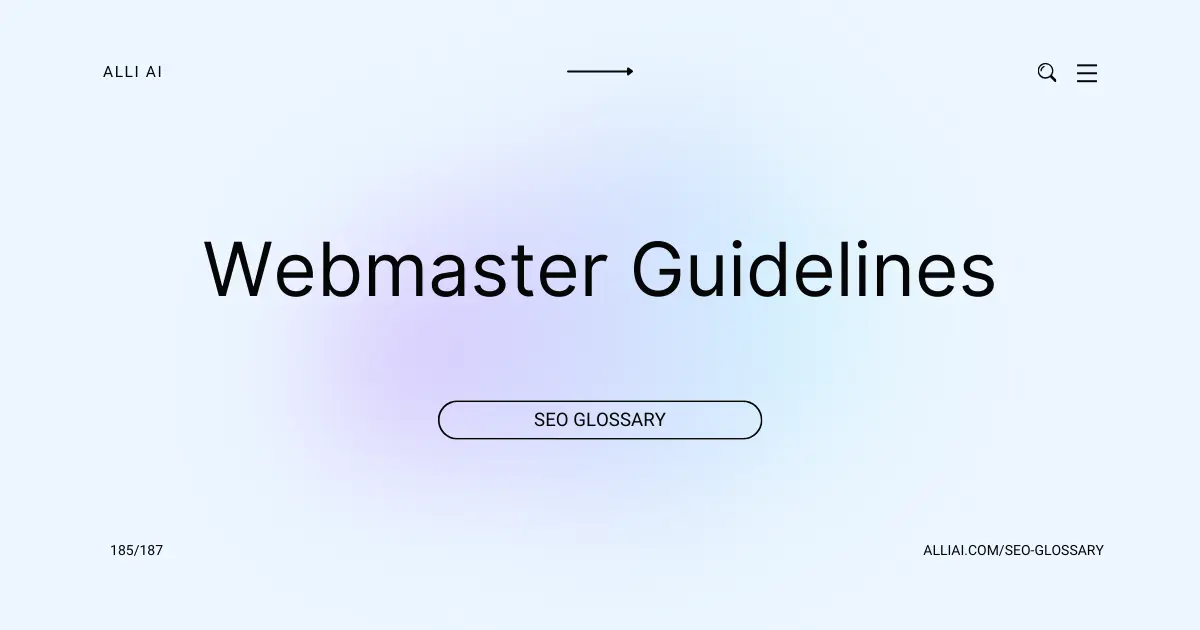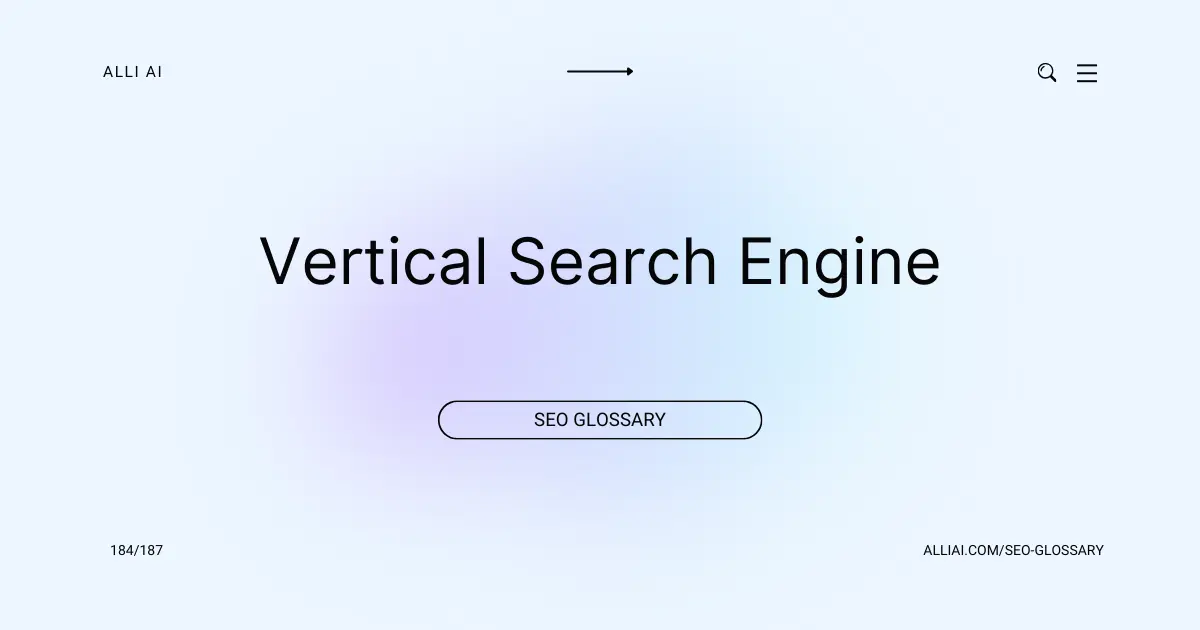What Does Crawlability Mean?
Crawlability refers to the ability of search engines to access and crawl through a website’s content. This process allows search engines to read the pages, interpret the content, and index it appropriately for users who search related topics. Good crawlability helps ensure that all the pages of a website can be found and ranked by search engines.
Where Does Crawlability Fit Into The Broader SEO Landscape?
Crawlability is crucial in SEO as it refers to a search engine’s ability to access and index the content of a website. If a website has good crawlability, search engines can easily discover all its relevant pages. This directly impacts how content is indexed and, subsequently, how it ranks in search results. Effective crawlability is achieved through a well-structured website, optimized robots.txt files, efficient navigation links, and the correct implementation of redirect rules and canonical tags. Ensuring that a site is free of crawl errors like broken links or server errors is also essential for maintaining optimal crawlability. This foundational aspect of SEO helps ensure that the content is correctly understood and appropriately ranked by search engines, thereby improving the site’s visibility to potential visitors.
Real Life Analogies or Metaphors to Explain Crawlability
Crawlability is like the ease with which a waiter can navigate through a busy restaurant to take orders. If the tables are arranged properly and there’s a clear path, the waiter can quickly and efficiently take each customer’s order. In the same way, search engine bots need a clear and accessible path to navigate and index the content on a website.
How the Crawlability Functions or is Implemented?
1. Web Crawler Access: Search engines use web crawlers (or bots) like Googlebot to access web pages. These crawlers request pages from sites and the server responds with the necessary data.
2. Robots.txt File: Websites use the robots.txt file to communicate with web crawlers. This file tells crawlers which parts of the site can be crawled and which should be ignored.
3. Site Architecture: A website’s structure impacts crawlability. Hierarchical, logical structure with a clear navigation helps crawlers understand and index content effectively.
4. Internal Linking: Proper internal linking ensures all important pages are accessible to crawlers. It helps distribute page authority and ranking power throughout the site.
5. URL Structure: Simple, clean URL structures that are easy to read and free from complex parameters enhance crawlability.
6. Page Speed: Faster loading pages are preferable for crawlers as they can access more pages within their allocated crawl budget.
7. Sitemap.xml: This file lists all pages of a website, guiding crawlers to discover all relevant URLs. It’s particularly useful for large sites with deep architecture or isolated pages.
8. HTTP Header Response: Correct HTTP status codes (e.g., 200 OK, 301 Moved Permanently) inform crawlers about the status of pages. A 200 status code means the page is accessible, while codes like 404 (Page Not Found) or 503 (Service Unavailable) indicate issues that affect crawlability.
9. Content Quality and Freshness: Regularly updated content with substantial quality encourages more frequent crawling.
10. Avoidance of Duplicate Content: Utilizing canonical tags helps avoid issues of duplicate content, ensuring crawlers index the correct pages.
11. Responsive Design: Mobile-first indexing by Google emphasizes the importance of having a mobile-friendly site that is easily navigable by mobile crawlers.
12. Use of JavaScript and Rich Media: If not implemented properly, JavaScript and rich media can block crawlers. Websites should ensure essential content and links are accessible without JavaScript enabled.
13. Blocked Resources: If external CSS files and JavaScript are blocked, it might prevent crawlers from rendering pages correctly, impacting how content is indexed.
14. Meta Tags Usage: Proper use of noindex and nofollow meta tags directs crawlers on which pages or links should not be indexed or followed.
Impact Crawlability has on SEO
Crawlability is crucial for SEO because it determines whether search engines can access and index a website’s content, directly influencing visibility in search results. Poor crawlability can lead to unindexed pages, outdated content in search results, and a decrease in organic traffic. Conversely, high crawlability facilitates better understanding and quicker updates of content by search engines, improving page rankings. For user experience, effective crawlability means search results are accurate and reflect the current state of the website, enhancing user satisfaction and engagement.
SEO Best Practices For Crawlability
1. Enable search engine bots to crawl your website by ensuring your `robots.txt` file is properly configured. Use `Disallow:` to prevent crawling of irrelevant pages and `Allow:` for important pages.
2. Increase the server response time by optimizing your server, reducing resource requests, and improving hosting performance.
3. Streamline your website’s navigation and structure by using a logical hierarchy and consistent internal linking to ensure all important content is accessible within a few clicks.
4. Use SEO-friendly URLs that are short, descriptive, and include relevant keywords.
5. Implement a hierarchical, keyword-inclusive breadcrumb menu on all pages to help users and search engines understand and navigate your site structure.
6. Employ a responsive design that is mobile-friendly ensuring all elements are crawlable on any device.
7. Generate and regularly update an XML Sitemap and submit it to Google Search Console and Bing Webmaster Tools to facilitate the discovery of pages.
8. Check and fix broken links which can hinder the crawling process using tools like Screaming Frog SEO Spider or Ahrefs.
9. Employ schema markup to help search engines understand the content of your site and improve the way it is represented in search results.
10. Ensure that essential content is not blocked by JavaScript, CSS, or images files and that AJAX is implemented in a way that is crawlable.
11. Regularly monitor and optimize your site’s crawl budget to avoid unnecessary strain on server resources while ensuring important pages are crawled.
12. Use canonical tags to handle duplicate content issues, directing search engines to the primary version of a web page.
Common Mistakes To Avoid
1. Inefficient Website Structure:
– Use flat hierarchical website structure.
– Implement clear navigation paths.
2. Excessive JavaScript Usage:
– Employ progressive enhancement techniques.
– Ensure content is accessible without JavaScript.
3. Improper Use of Robots.txt:
– Use robots.txt wisely to disallow only the necessary URLs.
– Regularly audit and update robots.txt file.
4. Blocked Resources:
– Do not block CSS, JavaScript, or images that are crucial for rendering pages.
– Use the Google Search Console to identify and fix blocked resources.
5. Duplicate Content:
– Implement canonical URLs.
– Use 301 redirects for permanently moved pages.
6. Poor Linking Practices:
– Regularly check for broken internal and external links.
– Avoid deep nesting of pages that makes them hard to reach.
7. Slow Page Load Times:
– Optimize images and compress files.
– Use caching and Content Delivery Networks (CDNs).
8. Unoptimized Mobile Experience:
– Implement responsive web design.
– Use mobile-friendly testing tools to identify issues.
9. Ignoring HTTP Status Codes:
– Regularly monitor website for 404 errors and fix them.
– Redirect deprecated pages using 301 redirects.
10. Unstructured Data Absence:
– Implement structured data to enhance SERP appearances.
– Use schema markup to help search engines understand page content.
11. Flash Content:
– Replace Flash with HTML5 elements.
– Ensure all multimedia content is accessible and properly indexed.
12. Complex URLs:
– Use URL rewriting to create descriptive and keyword-rich URLs.
– Avoid lengthy URL parameters and session IDs.
